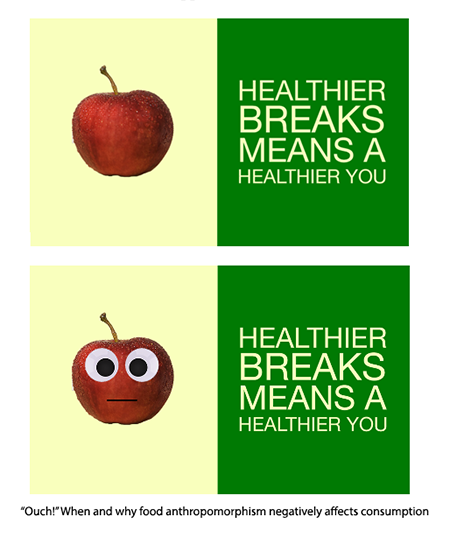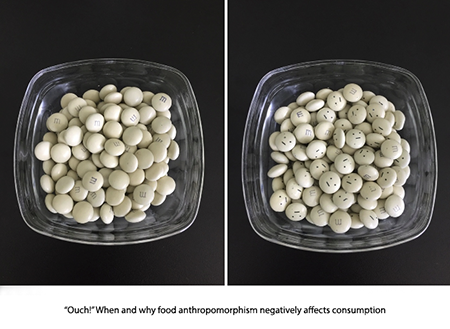We anthropomorphize all the time; it draws us emotionally closer to the other. We love our dogs and treat them as our “fur babies,” conferring on them an ability to understand my words that, in reality, exceed their understanding. Part of our attraction to dogs lies in their facial expressions and gaze, which mimic our own. That is believed to be a significant part of why dogs, not wolves, are our pets.
As a result of anthropomorphizing, I attribute to my dogs:
- Agency, primarily to act in a socially appropriate manner. Not throwing up on the rug.
- A capacity to sense and feel. (Why one dog rushes over when I pay attention to his sister).
The combination of agency and a capacity to feel inevitable results in my believing my dogs are deserving of “care and concern” and a firmly held belief that it is wrong to harm them. Vegans and vegetarians whose dietary choices are based on moral rather than nutritional reasons often cite an animal’s agency and capacity to feel as reasons not to harm them. But here is the thing, we have the same responses, somewhat attenuated, when we anthropomorphize objects. Anthropomorphizing food draws us closer to the food, encouraging us to purchase it; who wouldn’t want to bring up those delightful California Raisins? But at the same time, it makes us less likely to want to eat them; with the possible exception of the Donner party, eating your friends is frowned upon.
The research (see Source) involved a series of experiments.
 The first made use of the apples depicted on the right. One hundred eighty participants recruited through Amazon’s Mechanical Turk were shown either the plain apple or the one with the eyes and mouth. After controlling for the participant's “self-reported” state of hunger and neutral feelings towards eating apples, the researchers found “desire to eat an apple was reduced after being exposed to an advertisement featuring an apple with (vs. without) humanlike characteristics.”
The first made use of the apples depicted on the right. One hundred eighty participants recruited through Amazon’s Mechanical Turk were shown either the plain apple or the one with the eyes and mouth. After controlling for the participant's “self-reported” state of hunger and neutral feelings towards eating apples, the researchers found “desire to eat an apple was reduced after being exposed to an advertisement featuring an apple with (vs. without) humanlike characteristics.”
The second study was performed on the “white rats” of psychology – undergraduate students. In this case, 137 of them were asked to evaluate a new “M&M,” with the outcome measuring how many of the M&Ms they took when offered after completion of the survey. The M&Ms were identical save for the faces on one version, as seen in the image to the left.  Once again, the participants took fewer of the anthropomorphized candies. Based on these findings, the researchers concluded that consumers were disinclined to eat those more human-looking foods. But why?
Once again, the participants took fewer of the anthropomorphized candies. Based on these findings, the researchers concluded that consumers were disinclined to eat those more human-looking foods. But why?
Cold-hearted eaters
The third study was identical to the first, a choice of apples, but with additional questions, specifically about the possibility that the apples felt pain and the immorality of eating the apple. Those refusing the “humanized” apple were more likely to believe that the apples might feel pain and that it was immoral to eat the apple than those munching down on the apple without a face. In a mediation analysis seeking to find which of the two factors was most impactful, it turns out that the possibility of the apples experiencing pain was the main driver; the immorality of eating an object capable of experiencing pain was less a motivator. Additional studies incorporated a measure of “cold-heartedness,” a measure of empathy using a scale of agreement to disagreement with phrases such as, “I am the most important person in this world, and nobody else matters.” That measure of empathy, like the perception of pain and the immorality of eating a sentient food, moderates the eating decision – the less empathetic were more inclined to eat the anthropomorphized apple.
This research was about marketing, and the last experiment looked at consumers' responses to the purchase of anthropomorphized food versus its consumption. One hundred twenty participants were asked to imagine themselves either at a Christmas party or purchasing food for that party. They were shown two cookies and asked which they would purchase, if shopping or eating when imagining themselves at the Christmas party.

When purchasing, two-thirds chose the gingerbread man (person?). Those numbers flipped when making a choice of which to eat, with two-thirds now choosing the Christmas tree. Human behavior is so unpredictable!
As I have suggested earlier, many individuals pursue vegetarian and vegan diets for moral reasons, which fit well with the hypothesis of this study on simply the anthropomorphizing of food. If the primary goal is to decrease consumption, maybe, as this study suggests, we should put a face on fast foods or whichever badness du jour you might choose. When you look carefully at the ads, the spokesman urging you to purchase, like Tony the Tiger or Chester Cheetah, has been humanized. Still, the product you consume, frosted flakes or Cheetos, is depicted simply as foods making you more willing to eat them up.
Several years ago, an animated film explained the same findings as this study but in a much more enjoyable way. Note, you may be offended by the language of some of the food.
Source: “Ouch!” When and why food anthropomorphism negatively affects consumption Journal of Consumer Psychology DOI: 10.1002/jcpy.1316




